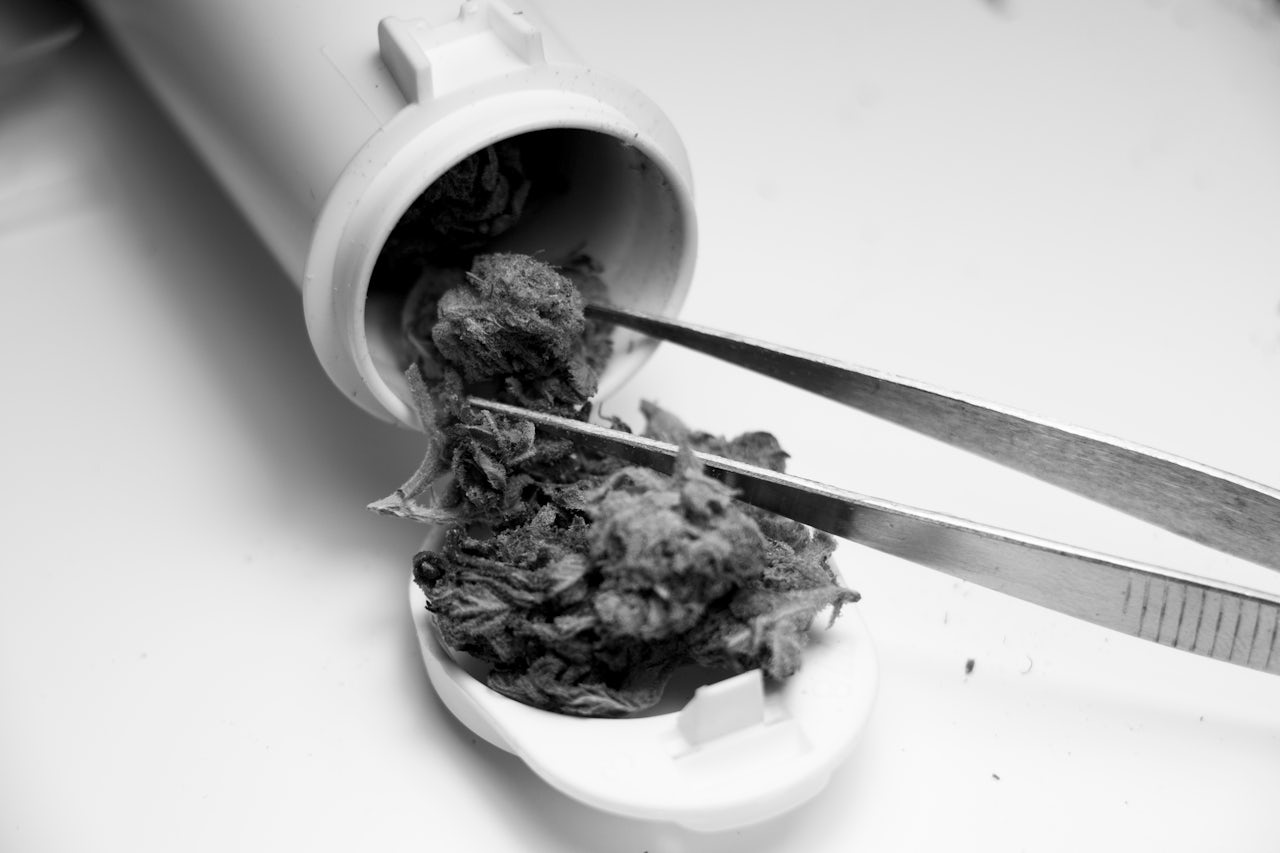Many doctors, according to Portland psychiatrist Jeramy Peters, know cringe-inducingly little about how people actually use weed. So he’s taking what much of the populace already knows — like the difference between a THC edible and a dab rig — and repackaging it where physicians will actually see it: in a peer-reviewed medical journal.
The paper, published this week in the Journal of the American Osteopathic Association by Peters and collaborator Joseph Chien, lays out key weed vocabulary from the distinction between tetrahydrocannabinol and cannabidiol to dorm-room definitions of a “bowl,” “spliffs” and “vaping.”
“They’ll probably call it a marijuana cigarette, or something really dated,” Peters, who works at the Portland Veterans Affairs Medical Center, said of his peers. “I have found a lot of other medical staff — physicians, nurses, medical students, even — have a really limited understanding of cannabis outside of what you see in popular media.”
The most helpful parts of the paper describe methods for estimating the dose of THC a patient is taking in from each method of consumption, from smoking flowers to vaping concentrates or eating an edible, as well as how long each will leave them feeling its effects. To research this info, Peters and Chien conducted a standard literature review of available writing about the health effects of various cannabis products, but the duo also interviewed marijuana growers and dispensary operators to learn how everyday stoners use and talk about the substance.
Existing cannabis research can be conflicting or incomplete, and Peters is candid about the risks cannabis can pose to patients with bipolar or social anxiety disorders. But a familiarity with concepts like edibles, dabs and butane honey oil, all of which the paper describes in charmingly technical language, can help doctors forge better relationships with patients and collect more accurate information about their lifestyles.
“The most important thing for doctors is to remain curious, ask questions and be open,” Peters said. “If you come from a place where they’re gonna be judgmental or not willing to listen, they’re not going to get good information.”
The paper is part of a larger trend, as medical professionals struggle to adapt to the spreading legalization of recreational and medical weed. It’s not the first attempt to bridge that gap. A report published last year in the journal Nursing, for instance, explained the difference between sativa, indica and ruderalis strains. But a burgeoning number of resources, like Gossamer and Jane Street, are looking to make information about weed — how to use it, and how much — accessible and readable.
